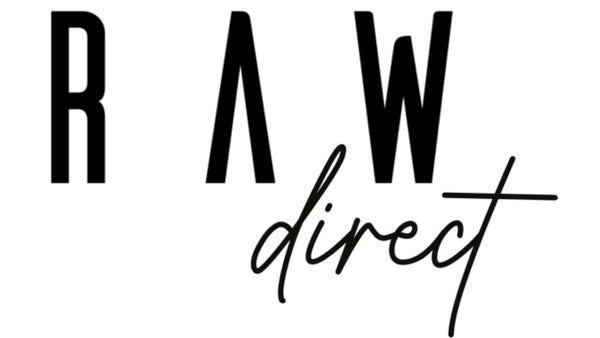
The Top 5 Benefits of Feeding Your Dog a Raw Diet
Share
More pet owners are making the switch to raw dog food, and for good reason. A raw diet can significantly enhance your furry friend’s health in various ways. Here’s an exploration of the top benefits of switching to raw food and tips on transitioning.
Better Digestion and Smaller Stools
One of the most notable benefits of a raw diet is improved digestion.
- High Nutritional Value: Raw food is free from fillers and artificial ingredients, allowing for better nutrient absorption. This can lead to more efficient digestion.
- Smaller Stools: Since raw diets are more easily digestible, many pet owners notice smaller, firmer stools, which can also reduce the frequency of bathroom trips.
Improved Dental Health
A raw diet, especially when it includes raw bones, can promote better dental health.
- Natural Cleaning Action: Chewing on raw meaty bones helps scrape away plaque and tartar, leading to healthier teeth and gums.
- Reduced Bad Breath: Improved oral hygiene from chewing can also result in fresher breath.
Enhanced Energy Levels and Vitality
Switching to a raw diet can contribute to increased energy levels and overall vitality in dogs.
- Balanced Nutrition: Raw food provides a well-rounded mix of proteins, fats, and nutrients that can boost your dog’s energy and stamina.
- Active Lifestyle: Many pet owners report that their dogs become more active and playful after transitioning to raw food, which can enhance their quality of life.
Fewer Allergies and Skin Conditions
A raw diet can help alleviate certain allergies and skin conditions.
- Limited Ingredients: Raw feeding allows you to control the ingredients, making it easier to identify and eliminate allergens. Many dogs experience fewer food sensitivities with a raw diet.
- Improved Skin and Coat: The high-quality fats and essential nutrients in raw food contribute to a shinier, healthier coat and can reduce itching and irritation.
How to Transition to a Raw Diet
Making the switch to raw dog food requires a thoughtful approach:
- Consult Your Vet: Before starting, consult your veterinarian to discuss your dog’s specific health needs and any potential concerns.
- Start Gradually: Begin by mixing a small amount of raw food with your dog’s current kibble, gradually increasing the raw portion over 7-10 days until they are fully transitioned.
- Monitor Their Health: Keep an eye on your dog’s stool, energy levels, and overall health during the transition. Adjust the diet as necessary.
- Introduce Variety: Once your dog is comfortable with raw food, introduce different protein sources and include raw bones for dental benefits.
Switching to raw dog food can lead to significant health improvements for your furry friend. With better digestion, improved dental health, increased energy, and fewer allergies, the benefits are compelling. Just remember to transition slowly and monitor your dog’s health to ensure a smooth and successful switch!
